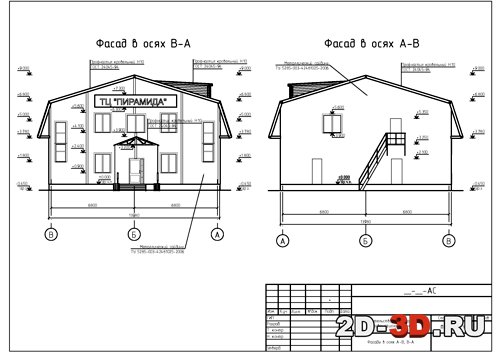Create 3D Inventor parts associative to the source 2D geometry created in AutoCAD. • Insert an AutoCAD DWG file as an associative DWG: • In a part file: • Manage tab Insert panel Import • 3D Model tab Create panel Import • In an assembly file: • Assemble tab Component panel Place • In the Place Component dialog box, select a DWG file and click Open.
At this time economy of fuel in steam engines and boilers. Began to practice on his own account in Birmingham in 1867 and worked in conjunction with J.H. Safety valves were first developed for use on steam boilers during the Industrial Revolution. Marine Steam Boilers J H Milton Pdf Editor. The daily Evansville journal. ME MECHANICAL- Energy Systems and Management. 01 Advanced Thermodynamics & Heat. Safety Valve A steam generator is a form of low water-content, similar to a boiler. The usual construction is as a spiral coil of, arranged as a single, or, coil. The large radiant heating area for a. The Scotch marine boiler achieved near-universal use throughout the heyday of steam propulsion. Examples of preserved steam boats employing Scotch boilers include: Steam tug Mayflower, Bristol Industrial Museum Mayflower's boiler was recently removed. Marine steam boilers j h milton pdf download. Marine engine waste heat recovery system. Thomas Reed Publications Flanagan, G T H, Marine Boilers Question. Milton, J H and Leach, Roy M, Marine Steam. O- type boiler - Wikipedia. End view of a diagrammatic O- type boiler. 2 - Steam drum. An O- type boiler is a form of water- tube boiler.
How to Convert TIF to DWG by Joshua Laud. The Tagged Image File Format (.TIFF/.TIF) is a raster-based image format created in 1992 by Adobe. Raster-based graphics are created by coloring pixels in a document to create an image. The drawing (.DWG) file format is a vector-based image format originally developed in the late '70s for use with. On the 3D Model tab, extrude the DWG geometry and create 3D features as desired. In an assembly file, you can use the Joint, Constrain, and Assemble commands to create relationships between a DWG underlay block and a part. You can work on DWG geometry in an assembly file at the same time as working on the same DWG geometry in a part file.
For more information see • In a 2D sketch, click a face or work plane to set the sketch plane. • Click Sketch tab Create panel Project DWG Geometry. • Select the geometry to project. Murex mx3 user manual. Select one of 3 options: • Single geometry • Connected geometry: Closed loop and/or open loop. • Geometry block.
Note: You can project DWG geometry in another part that is also open for edit in an assembly. • When done, select Cancel or right-click and select OK. • On the 3D Model tab, extrude the DWG geometry and create 3D features as desired. • In an assembly file, you can use the Joint, Constrain, and Assemble commands to create relationships between a DWG underlay block and a part. You can work on DWG geometry in an assembly file at the same time as working on the same DWG geometry in a part file. When changes are made to projected DWG geometry in a part file, the corresponding DWG geometry in the assembly file is updated with these changes. The projection associativity will be kept even when the DWG is modified.
For example: • Insert a part (PART A) that has AutoCAD 2D geometry into an assembly and save the file. • In a new part file (PART B): Create a sketch and project the DWG geometry from PART A into PART B. The projection associativity will be kept even the DWG is modified. When the original DWG file is updated in AutoCAD, the corresponding Inventor files will be updated accordingly, either for geometry change or position change.

You can link or import dwg files into revit files (Insert/Link CAD), but they will simply be background linework which doesn't really gain you anything over just having a dwg file. If they are floor plans, etc you can trace over them with walls & doors to truly make them useful in Revit. Of course you will need level/3d information as well. If you are talking details, etc, you can import them into views or families, but in the long run it's much better to trace them into native revit linework/hatch areas as dwgs tend to negatively impact revit file performance.